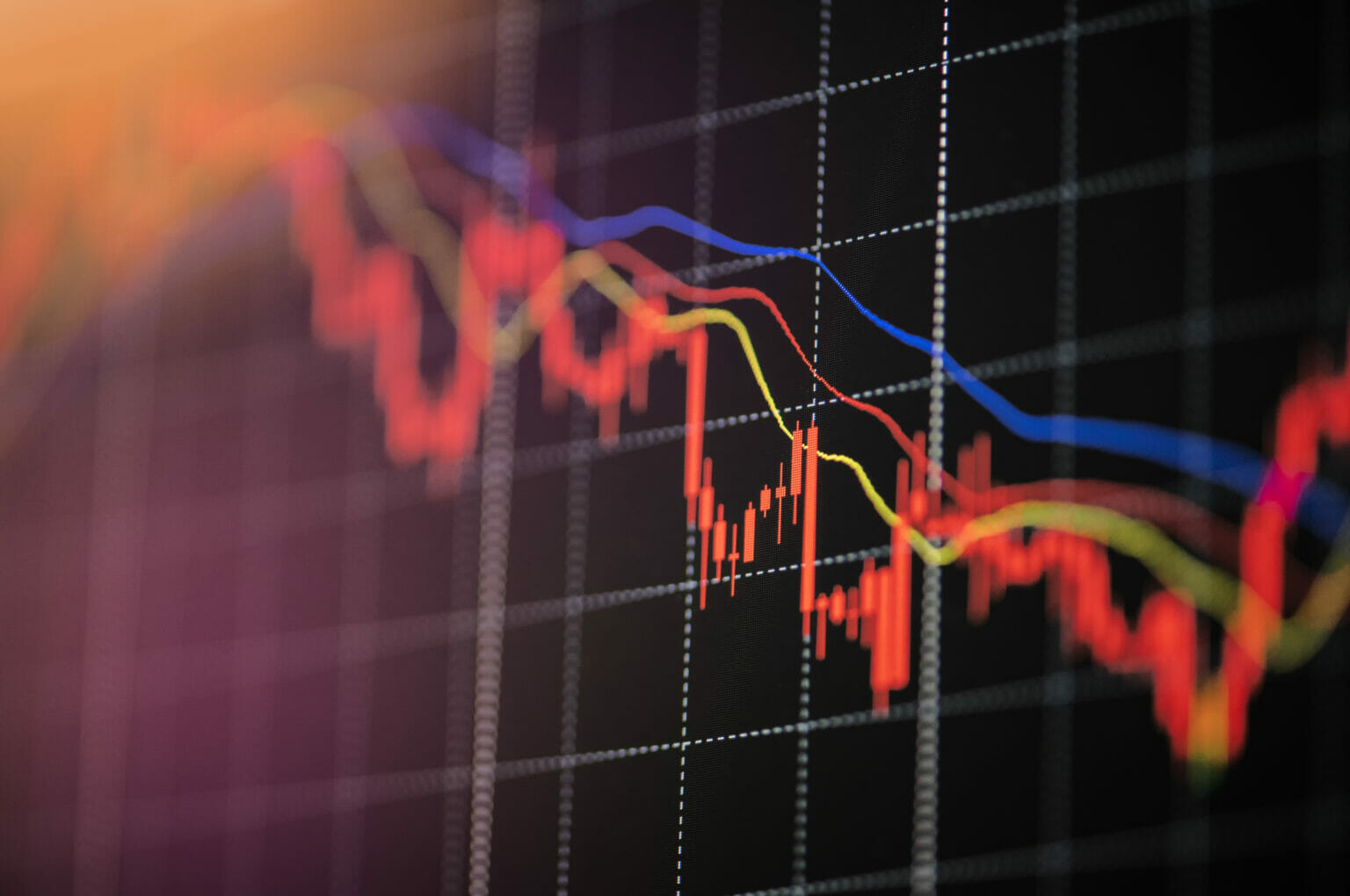The summer is going to be long.
The stock market has begun to simulate a slow-motion stock crash. The fundamental issue is that investors may not have the necessary information to pinpoint a bottom for several months.
All of the major market-moving problems have been answered with a “no.” There is no visible inflation peak, no Fed pause, no soft landing, no China lockdown easing, and no conclusion to the Russia/Ukraine conflict.
We’re back to the mid-May story now that the market realises it put too much weight on the peak inflation narrative: that the Fed will likely make a policy blunder, overtighten, and precipitate a recession.
As a result, many traders appear to be sitting on the sidelines with large cash balances.

The other two key market factors are also not helping bulls: China is coping with another Covid epidemic, this time in Beijing, and there is no end in sight to the Ukraine/Russia war.
The good news is that indicators of the US economy slowing are beginning to surface, which is exactly what will be required to successfully combat inflation. Gasoline is now $5 per gallon across the country, which is a levy on consumers and will undoubtedly put a damper on summer travel plans.
Over the weekend, a Freddie Mac economist told Barron’s that the U.S. housing market is on track to have its worst year since 2006, noting that home-purchase mortgage applications are down 40% from their peak in 2021.
None of this provides the Federal Reserve with any urgent reason to sound dovish at its meeting on Wednesday. Unfortunately, we won’t learn anything new about inflation until the May PCE statistics are released on June 30.
There’s a long way to go until we get more clarification.
Following a large multiple compression, the markets may now face a second leg lower as a result of an earnings downgrade. Surprisingly, earnings predictions for 2022 are rising rather than falling, with profits for S&P 500 businesses predicted to climb 10.2 percent in 2022 and 9.8 percent in 2023.
If the market believes a recession is unavoidable, the second half of 2022 numbers will be pared down, and the 2023 forecasts will vanish.
That would suggest a 10% collapse in the markets, which is why many strategists have S&P projections in the region of 3,400-3,600.
That would increase the S&P 500’s decline to over 30%, which is reasonable in historical terms.
According to Lori Calvasina of RBC Capital, the S&P 500 loses one-third of its value in the run-up to and during recessions.
